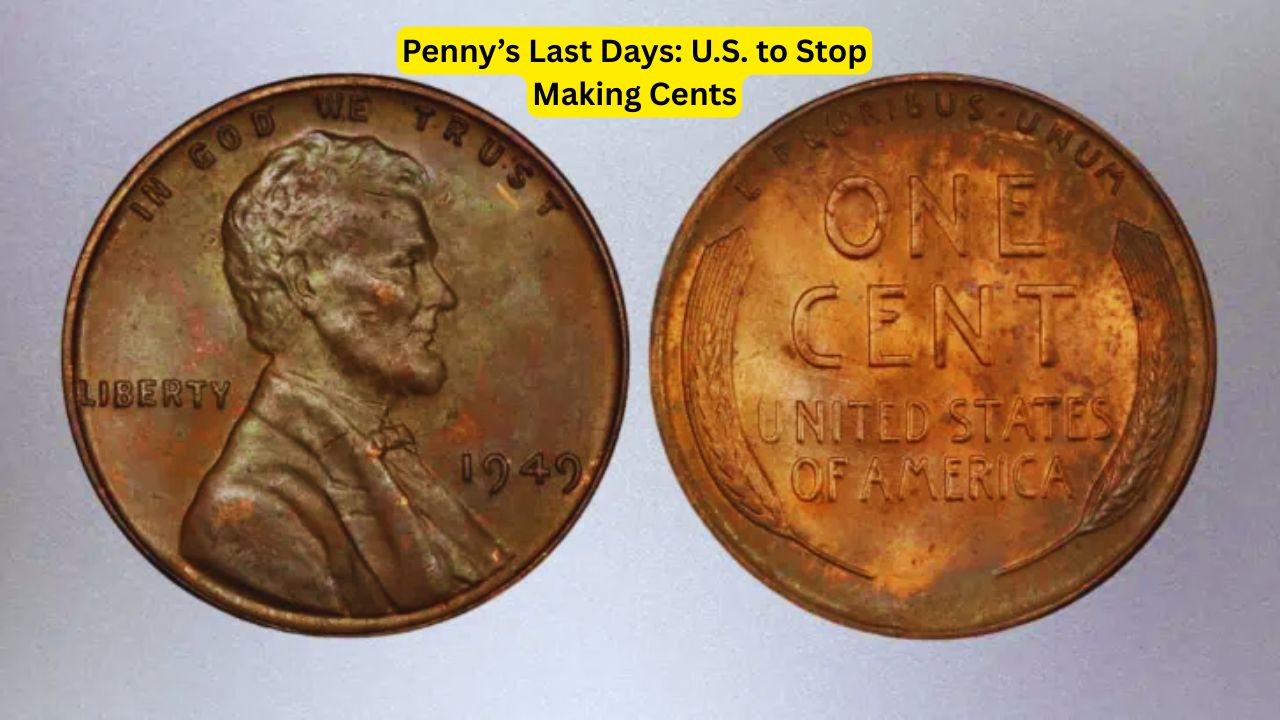The End of an Era
Say goodbye to the penny. The U.S. government announced it will stop producing the one-cent coin by the end of 2025, marking the end of a 230-year tradition. Millions of pennies will slowly vanish from wallets, cash registers, and piggy banks as the U.S. Mint halts production. The decision has sparked debates across the country, with some cheering the change and others feeling nostalgic for the little copper coin. This move could change how Americans handle small transactions forever.
Why Ditch the Penny?
The penny has been in trouble for years. It costs more to make a penny—about 2.1 cents each—than it’s actually worth. That means the government loses millions of dollars every year just keeping pennies in circulation. On top of that, many people don’t even use them anymore. Pennies often end up in jars or get lost under couch cushions because they’re not practical for everyday purchases. The U.S. Mint says stopping production will save taxpayers money and make the economy more efficient.
| Feature | Details |
|---|---|
| Coin Type | U.S. One-Cent Penny |
| Production End Date | December 31, 2025 |
| Material | Copper-plated zinc (since 1982) |
| Cost to Produce | 2.1 cents per penny |
| Annual Loss | ~$70 million |
What Happens Next?
Pennies won’t disappear overnight. The ones already in circulation—over 240 billion of them—will still be legal tender, meaning you can use them to pay for things. But as time goes on, fewer pennies will be around as they get lost, damaged, or collected. Businesses may start rounding prices to the nearest nickel to avoid dealing with cents. Some countries, like Canada, already ditched their pennies in 2013 and saw little disruption. The U.S. expects a similar smooth transition, but it’ll take time for people to adjust.
Mixed Feelings Across America
Not everyone is happy about the penny’s exit. For some, it’s a piece of history, featuring Abraham Lincoln’s face since 1909. Collectors worry that rare pennies, like the 1943 copper penny worth over $1 million, might lose their charm if the coin fades from memory. Others argue pennies are a hassle and slowing down transactions in a world where digital payments rule. A recent poll showed 55% of Americans support ending penny production, while 40% want to keep it. The debate has even hit social media, with #SaveThePenny trending last week.
A Push for Change
The decision to end penny production comes after years of discussion in Congress. Lawmakers say it’s part of a bigger effort to modernize U.S. currency. There’s also talk about rethinking other coins, like the nickel, which costs 8 cents to make. For now, the focus is on the penny, and the government is encouraging people to use digital payments or higher-value coins. Some businesses, like gas stations and coffee shops, are already testing “penny-free” systems, rounding totals up or down to the nearest 5 cents.
What’s the Future Hold?
As the penny fades, Americans are left wondering what’s next. Will prices creep up because of rounding? Will vending machines and parking meters adapt? Experts say the impact will be small, but it’s a big cultural shift. The penny, once a symbol of thrift and simplicity, is becoming a relic. For now, check your pockets—you might want to save a few pennies as a keepsake. After all, they won’t be around much longer, and who knows? That little coin might just become a collector’s item one day.



